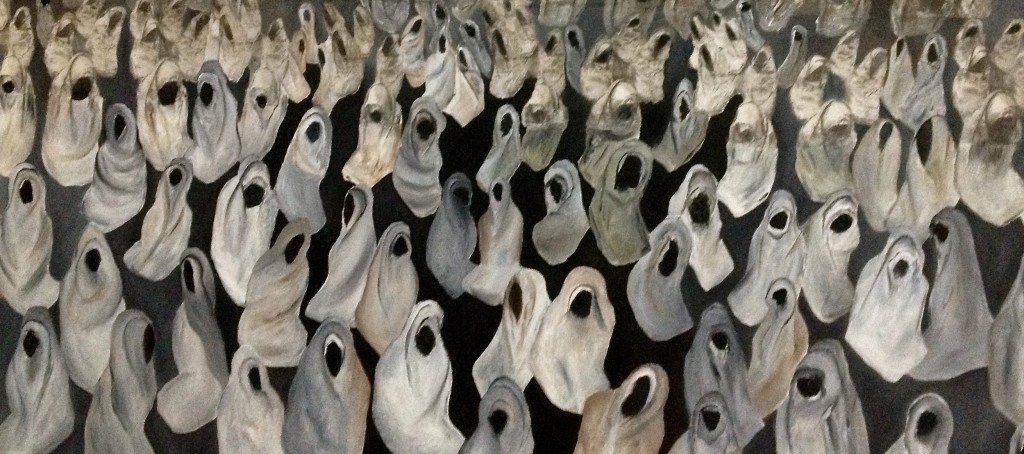Invisible and Visible
May 3rd, 2014
The work of Nira Yuval-Davis in Gender and Nation gives a groundbreaking exploration of the interplay between gender and national projects, reproduction, and operations. In exploring the complex interactions between feminism and nationalism, Davis invites the reader to see how women, and not merely the intellectuals and the officials, contribute to the biological, cultural, and symbolic reproduction of nations.
Women could be used as symbols for a ‘godly community’ or for a liberal free country. Women themselves have reacted and engaged in these battles; between Nawal Al-Sa’dawi’s negation of the veil, and Zainab Al-Ghazali’s notion of the veil as a token of her resistance to Western ideologies. The obsession with the women’s body, voice, purity, and sexuality is the same tool used to produce different statements about a nation; also used by secular national projects. For instance, a secular nation seeking modernity tends to turn women into symbols that manifest such aspiration, viewing women as an integral part to its establishment, as important pillars, and a core element to its openness and freedom statements. The question therefore is reduced to covering the women or revealing them or to letting the women speak or silencing them. Consequently, in either case, “women are turned into symbols, representing anything but themselves.”
This narrative has taken us away from foundational texts, where God says: “Whosoever performs good deeds, whether male or female, and is a believer, We shall surely make them live a good life and We will certainly reward them for the best of what they did.” (Qur’an 16:97) Henceforth, likeness is not the basis for this union, but instead, this union could flourish and develop when it is eclectic, diverse, receptive, and empathetic.
I painted this painting as a symbol of how it looks when we are all alike, and despite using the color white with a soft pastel tone, it still has an impact on the lack of diversity, and thus, the invisibility that it brings. However, regardless of the former being an argument to some, in the similarity is a form of unity. My question is, how can we balance this formation of unity while still maintaining our selfhood?!

Leave a Reply